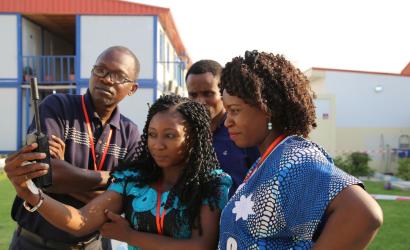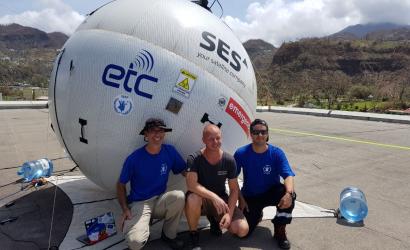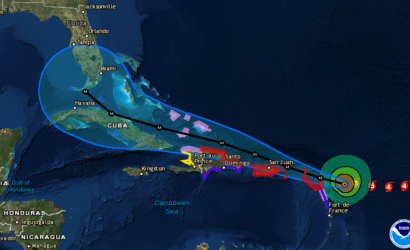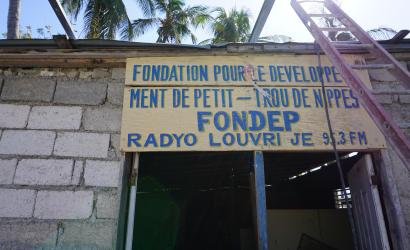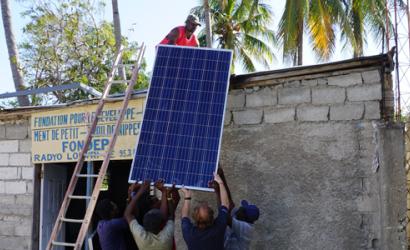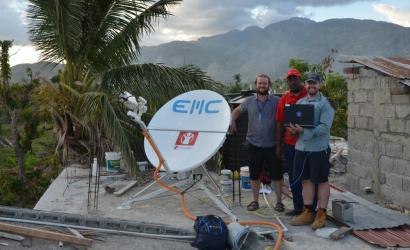Haiti
Haiti has a population of approximately 11.2 million and is shaped like a horseshoe, with two main peninsulas and the island of Gonaïves between them. About two-thirds of the country is mountainous, posing challenges for access and infrastructure. Located in the Atlantic hurricane belt, Haiti is vulnerable to earthquakes, floods, droughts, and tropical storms—risks compounded by political instability and economic hardship.
Major disasters over the past two decades include the 2010 earthquake near Port-au-Prince, which triggered a cholera outbreak, Hurricane Sandy in 2012, and an El Niño-induced drought. In 2016, Hurricane Matthew led WFP, as lead agency of the ETC, to convene the Haiti ICT Working Group to coordinate emergency telecom support.
Telecommunications are primarily provided by Digicel and Natcom. While coverage has improved, remote and mountainous areas remain underserved. During emergencies, communications often rely on satellite phones and VHF radio. The Haitian Civil Protection Agency, under the Ministry of the Interior, leads national disaster response, working with international and humanitarian partners.
Global ETC, Caribbean ETC, and WFP Caribbean Multi-Country Office remain ready to support with assessments and coordination if needed.
ICT Profile
Ministere des Travaux Publics, Transports et Communications (MTPTC)
10,981,229
Source: World Bank 2017
Haiti is extremely vulnerable to natural hazards, with more than 90 percent of the population at risk. The southern peninsula is still rebuilding after Hurricane Mathew, a natural disaster that caused damages equivalent to 32 percent of GDP.
Nevertheless, the country has taken significant steps to prepare for these inevitable natural disasters. While Hurricanes Irma and Maria skirted the island of Hispaniola, initial assessments show that the Haitian authorities were better prepared and had incorporated lessons learned from the experience with Hurricane Matthew.
Source: World Bank
6.5 (very high)
Source: INFORM Risk 2019
509
.ht
Voltage: 110V, Frequency: 60Hz, Plug type: A, B
Yes - active
Voltage: 110V, Frequency: 60Hz, Plug type: A, B
Yes - active
World Food Programme
No
0
Source: ITU ICTeye 2017
57.4
Source: ITU ICTeye 2017
0
Source: ITU ICTeye 2017
28.2
Source: ITU ICTeye 2017
33.9 (Low-Med)
Source: GSMA Intelligence 2017
61.82
Source: GSMA Intelligence 2017
The contacts across sectors are provided as follows.
This describes some of the regulations and rules related to the use of emergency telecommunications equipment in Haiti.
The Tampere Convention guides the use of emergency telecommmunications in disaster response. Haiti signatory in 11 February 1999.
No current drone-related laws in Haiti.
It is recommended to contact Haiti’s Office of Civil Aviation (OFNAC) for related matters.
